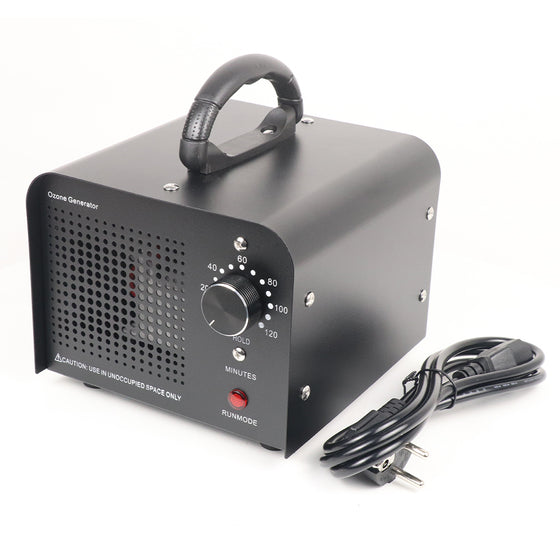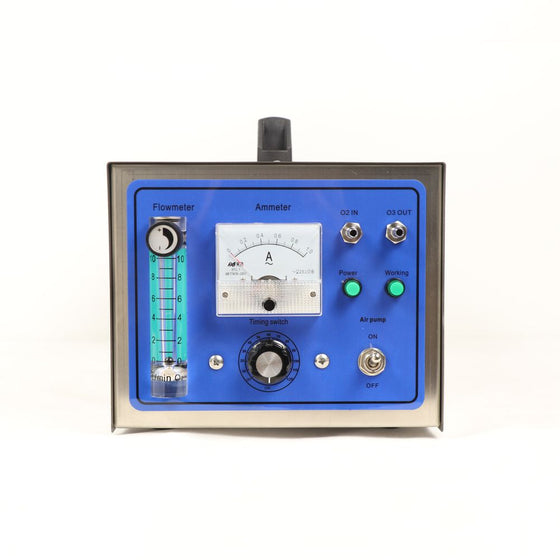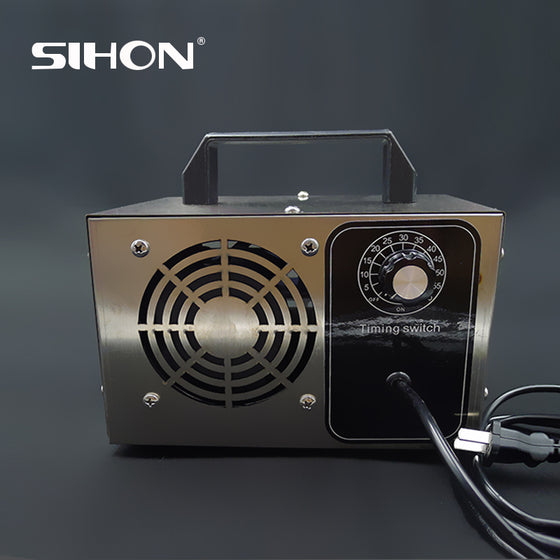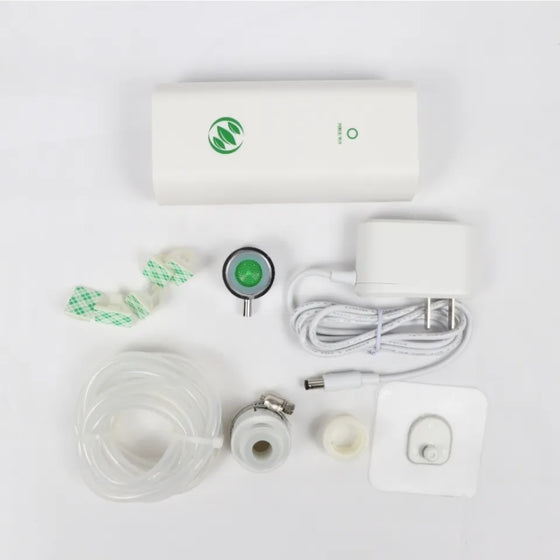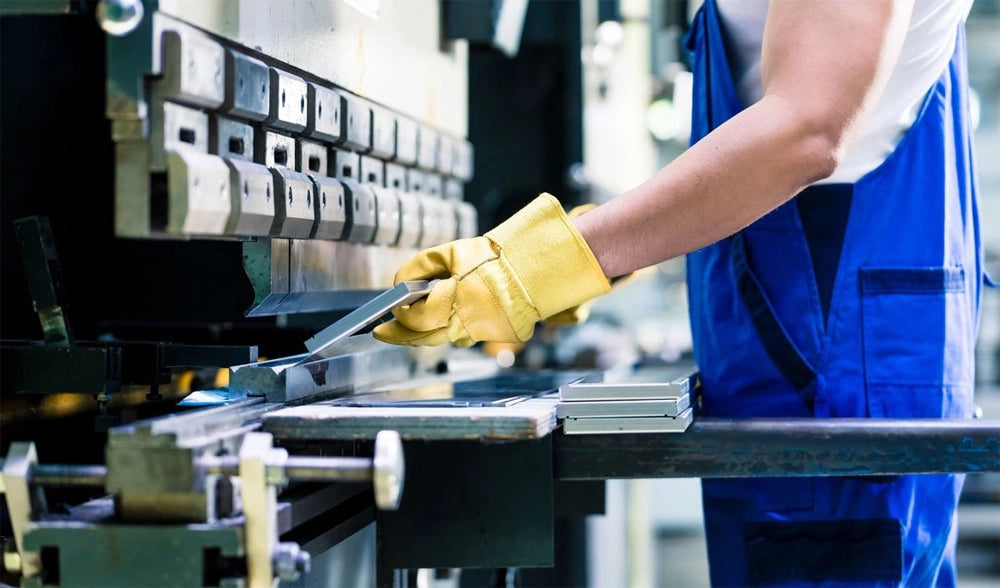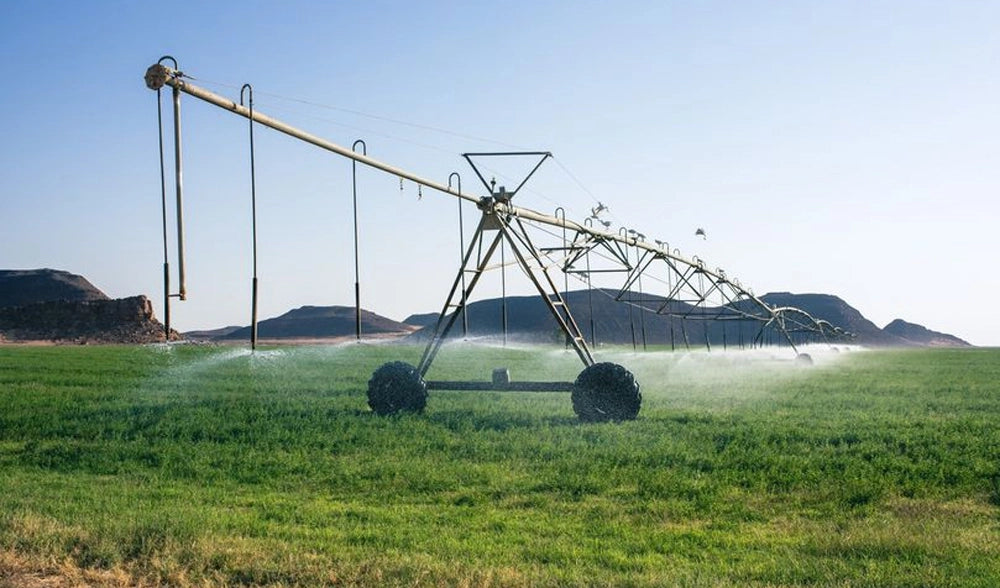11 Advantages You Should Know about Rainwater Harvesting

Preserving our natural resources is essential for securing a sustainable future, particularly in light of ongoing population growth and the looming challenge of climate change. Although the Earth is predominantly covered by water, a mere 1% of it is suitable for drinking. Consequently, water conservation methods are gaining increasing recognition and adoption.
Rainwater harvesting can be put into practice in both residential and commercial structures. This method involves the collection of rainwater from a building's roof or other surfaces and its storage in a dedicated tank or cistern. While rainwater isn't suitable for consumption or culinary purposes, it can be effectively utilized for tasks such as laundry, garden irrigation, and toilet flushing. By incorporating rainwater into your daily routines, you can achieve water savings of up to 40%, resulting in a notable reduction in your utility expenses.
How Rainwater Harvesting Works?
Rainwater is gathered from rooftops and various surfaces, undergoing filtration to remove impurities like leaves. Subsequently, this purified water is stored within on-site tanks and can be distributed through either gravity or a pumping system.
A dedicated pipeline is necessary for rainwater conveyance, given its unsuitability for drinking. A standard rainwater collection system typically comprises the following components:
➢ Water storage tank: Its size and placement can differ based on its intended use and the available area.
➢ Control Unit: They oversee the water level within the storage tank, and certain units offer supplementary data such as water temperature and pump pressure.
➢ Filters: They prevent debris, such as leaves, from entering the tank. The necessary degree of filtration varies according to the intended use; for instance, water designated for laundry demands a higher quality than water used for gardening.
➢ Pipe System: A dedicated plumbing system should link fixtures such as toilets, showers, and washing machines.
➢ Pump: It conveys water to the required locations and is essential for subterranean systems. In the case of gravity-based systems, raised storage tanks were employed to obviate the need for it, though they are infrequently used in residential setups.
It's important to note that a building equipped with a rainwater harvesting system should also have a supplementary water source. Rainwater availability is variable and may not fulfill all your water requirements. Hence, the building must remain connected to the primary water supply system.
Applications of Reused Rainwater

As previously stated, rainwater is not safe for consumption or food preparation. Nevertheless, it can serve various purposes, such as:
➢ Flushing toilets
➢ Washing clothes
➢ Watering gardens
➢ Washing cars
➢ Cleaning building exteriors
Rainwater harvesting plays a pivotal role in enhancing water efficiency and conservation. To maximize savings, it can be synergistically integrated with water-efficient fixtures like high-performance toilets and washing machines. The US Environmental Protection Agency's WaterSense label serves as an assurance of successful testing for these fixtures.
Advantages of Harvesting Rainwater
Numerous advantages arise when implementing a rainwater harvesting system in either a commercial or residential structure:
➢ The rainwater that falls on your property is completely free and requires only a collection method.
➢ By reducing peaks in water demand, you can reserve treated water for more critical and suitable purposes.
➢ Rainwater can serve as a reliable backup water supply during emergency situations.
➢ It aids in decreasing stormwater runoff from your property, thereby helping to alleviate surface water contamination.
➢ Rainwater harvesting systems can aid in meeting stormwater management requirements set by municipalities.
➢ Replacing municipal water use with rainwater results in a reduction of the water that needs treatment and pumping, consequently lowering water service costs for the municipality, particularly in terms of energy expenses.
➢ Rainwater harvesting can contribute to meeting energy standards and water efficiency ratings.
➢ Shifting from municipal water to rainwater can lead to decreased water bills.
➢ Stored rainwater can be a valuable resource for fire protection, and some insurance companies may offer discounts for on-site water storage.
➢ Rainwater harvesting becomes a viable water source in regions where other sources are unavailable, suffer from poor water quality, or are too expensive to develop.
➢ Properly filtered and disinfected rainwater can be transformed into potable water, containing fewer chemicals commonly used in municipal treatment plants.
We Provide High-End Rainwater Disinfection
Your purpose of rainwater harvesting is to reuse the obtained water. Although it may not be necessary to meet the requirements of drinking water, proper disinfection is also a necessity. We are not a supplier of rainwater collection equipment, but we can provide the best disinfection solution for your rainwater collection to ensure that the water quality meets or exceeds your expectations.
Our Ozone Disinfection Solution avoids the common problems appeared in traditional chemical solutions. The strong oxidation of ozone provides a powerful bactericidal effect, which can effectively inhibit the production of moss and the reproduction of harmful microorganisms. Ozone treatment can also achieve even the elimination for chlorine-resistant microorganisms such as Cryptosporidium and Giardia.
Ozone treatment does not involve the use of any chemical components. Compared with the regular purchase of chemicals in chemical methods, ozone has a better cost efficiency. There will not be any legal problems caused by the ozone treatment of rainwater collection, because the use of ozone can easily meet local regulatory requirements.
With years of providing ozone solutions for different industries, Sihon-Ozone will get involved in your rainwater collection process. We will provide professional assistance in the water quality assessment of your rainwater collection, determination of ozone dose, contact time and design of ozone disinfection systems. Welcome to Contact Us and cooperate with us!
New Arrivals
Leave A Reply
Your email address will not be published. Required fields are marked *

